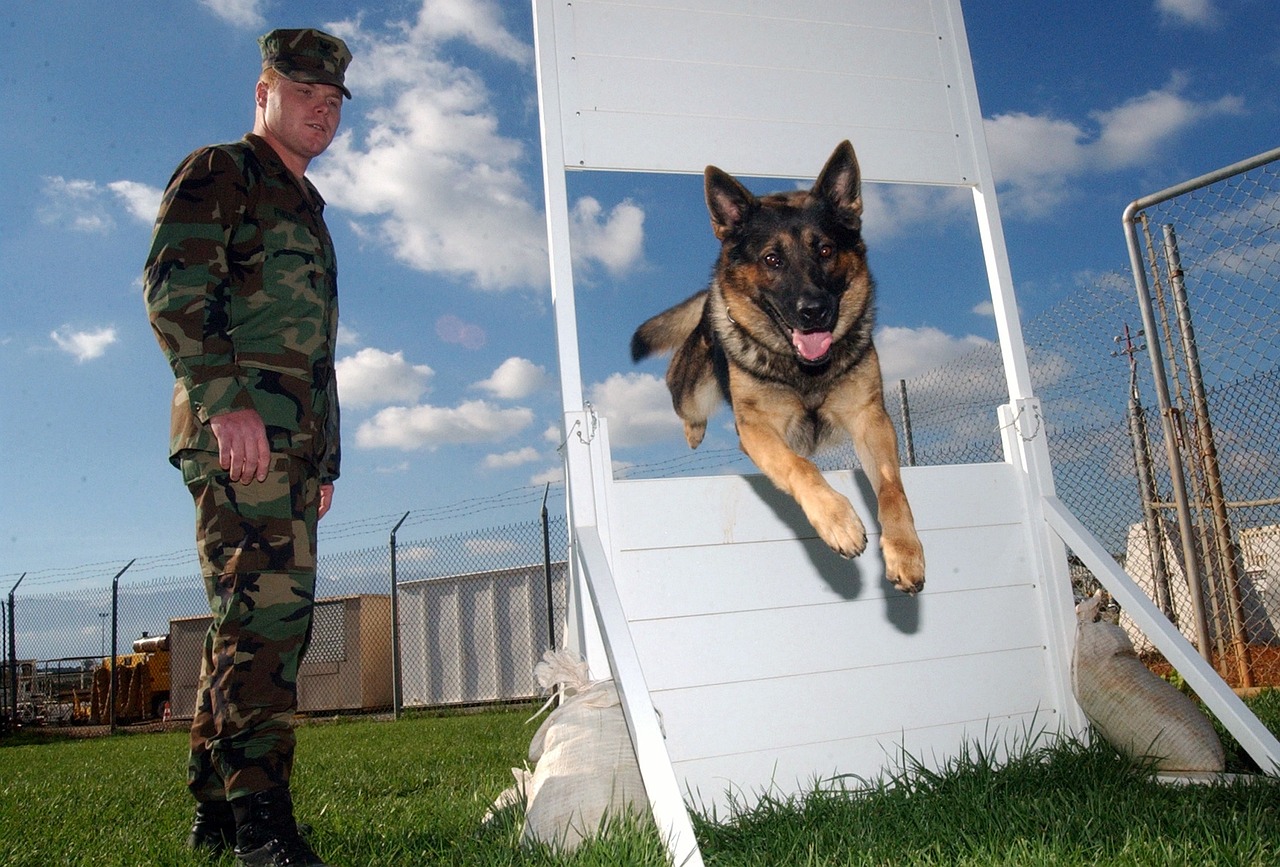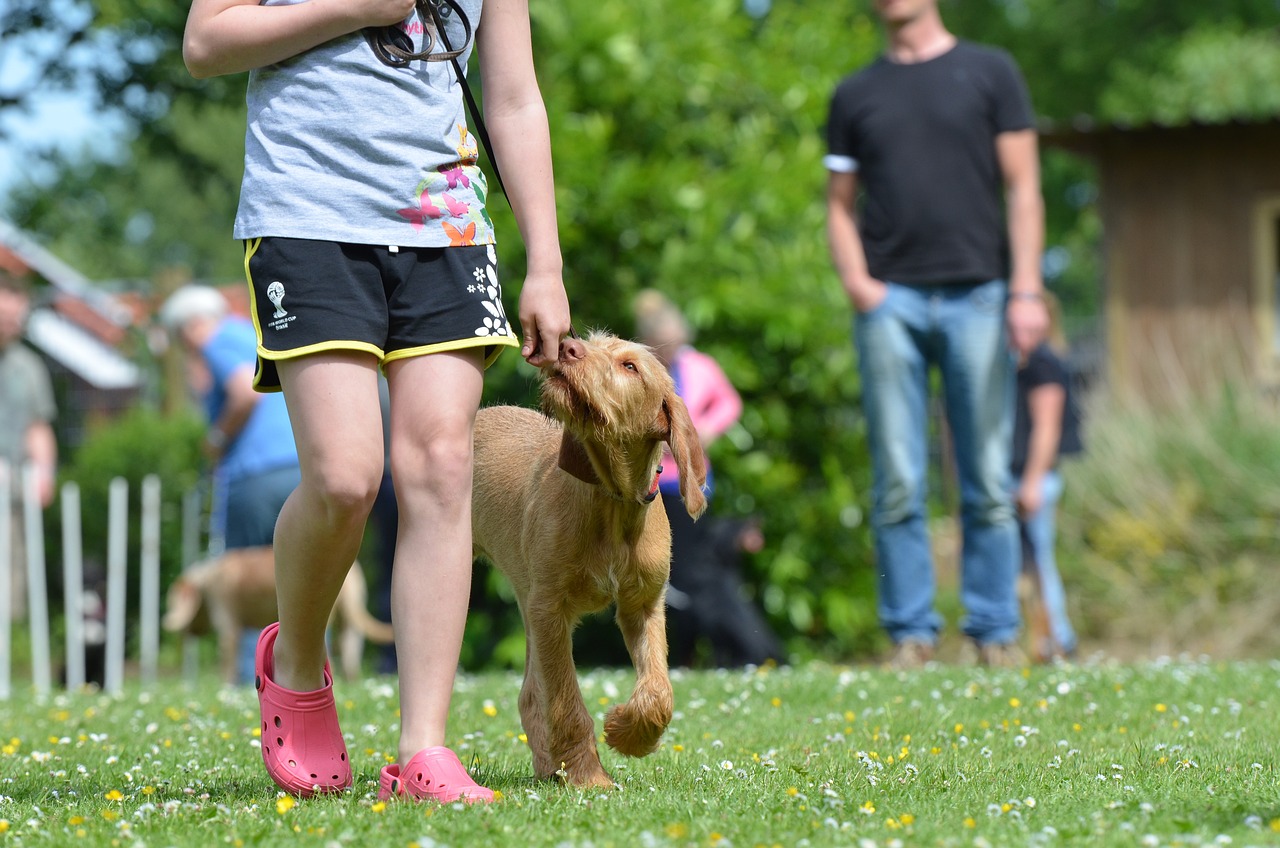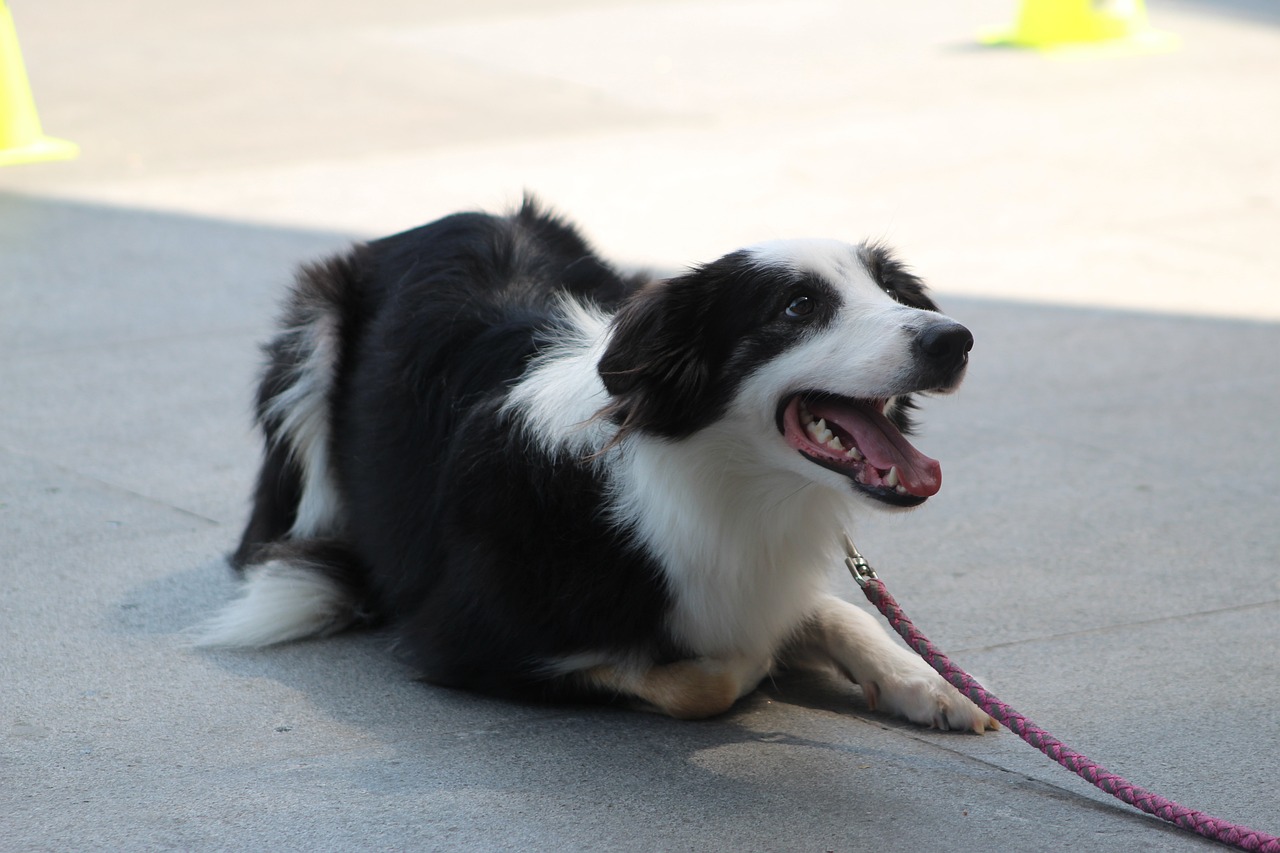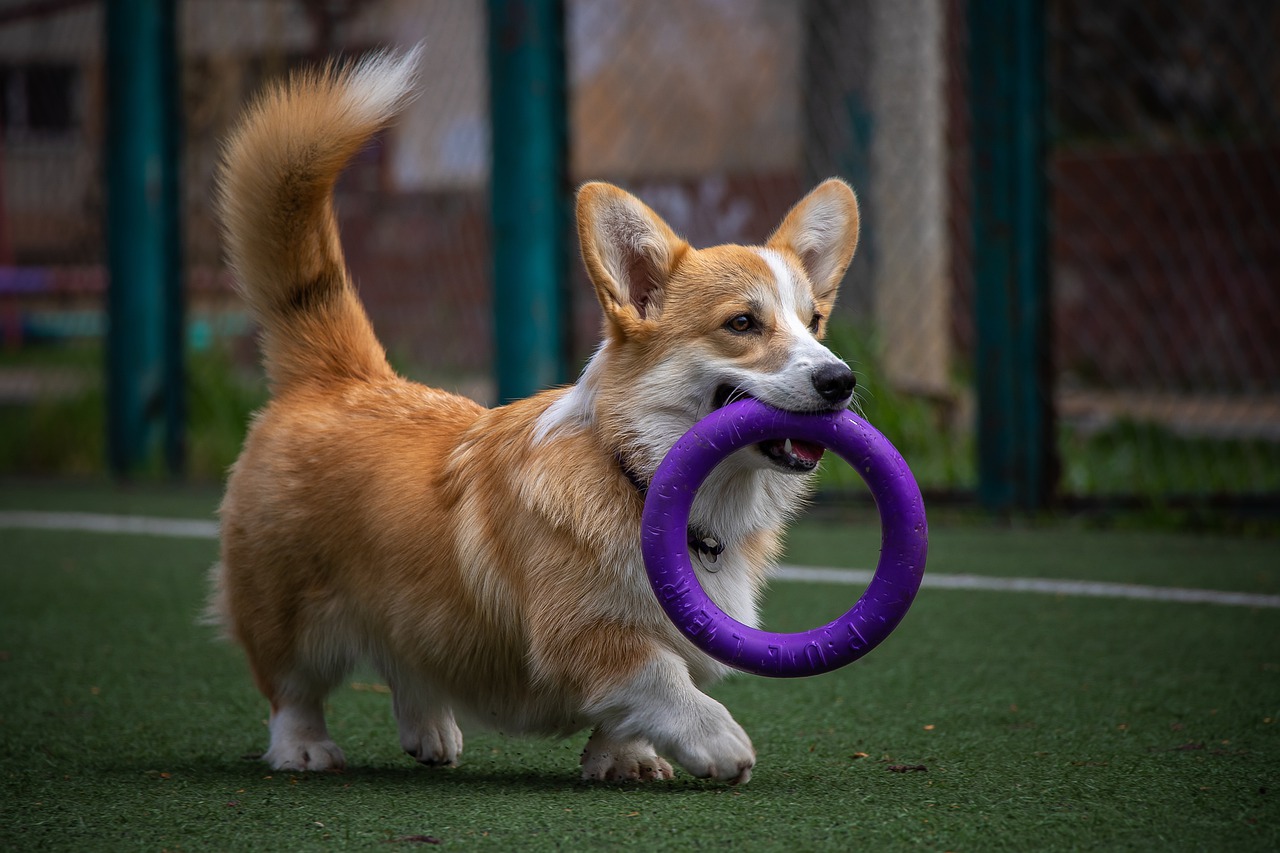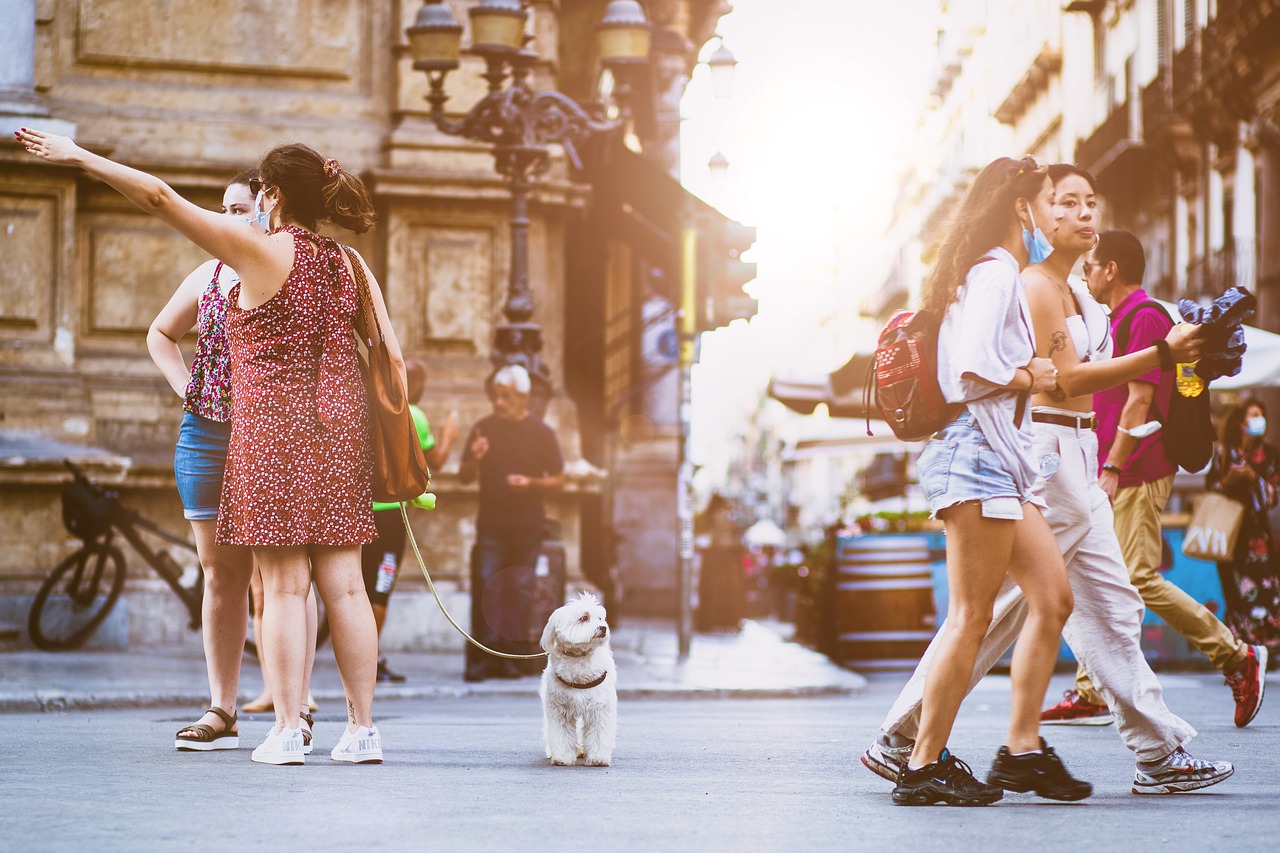Raising a well-behaved puppy can be one of the most rewarding experiences for a dog owner. However, it requires dedication, patience, and a solid game plan. In this comprehensive guide, we’ll explore the ins and outs of puppy training, from understanding puppy behavior to advanced training techniques. So, let’s embark on the journey of nurturing your furry companion into a well-behaved and delightful dog.
1. Introduction
Puppies are like sponges, ready to absorb knowledge and guidance. Training is not just about teaching them tricks; it’s about instilling good behavior, socializing, and creating a harmonious bond between you and your four-legged friend.
2. Understanding Puppy Behavior
Common Puppy Behavior Challenges
Puppies are naturally curious, but this curiosity can lead to behaviors like chewing, biting, and digging. Understanding these common challenges is the first step to addressing them effectively.
The Developmental Stages
Puppies go through critical developmental stages, and knowing what to expect during each stage can help you tailor your training approach accordingly.
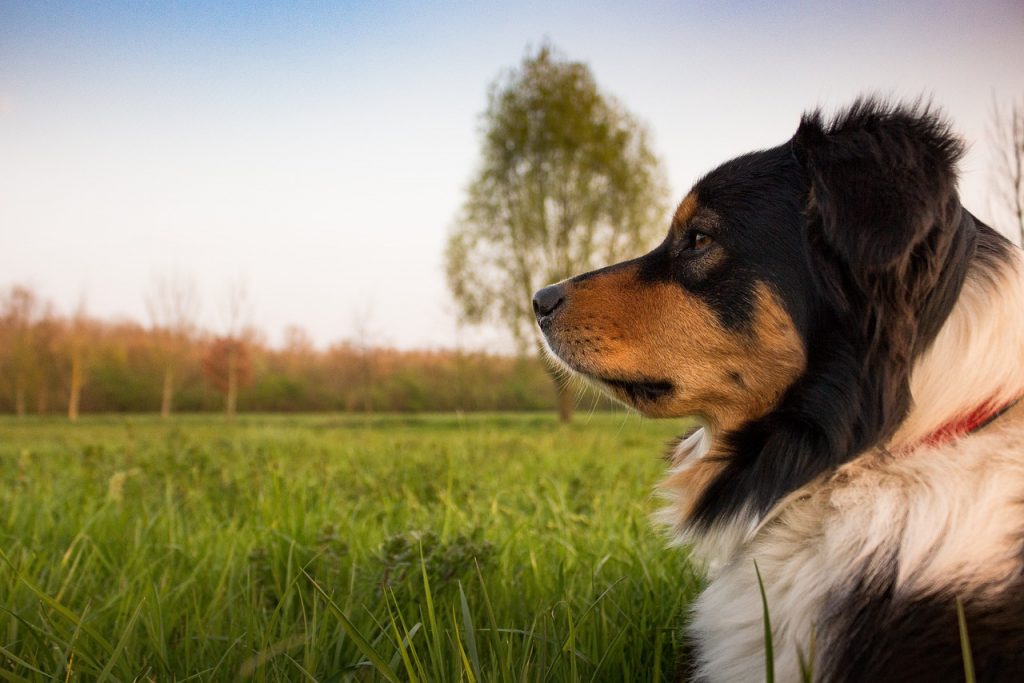
3. Preparing for Puppy Training
Creating a Safe Environment
Before you start training, it’s essential to make your home safe for your puppy. Remove hazards and provide a secure space for them to explore.
Necessary Training Supplies
Gather the essential training supplies, including treats, a leash, a collar, and toys to make the training process smooth and effective.
4. Basic Training Commands
Sit, Stay, and Down Commands
Teaching your puppy basic commands like “sit,” “stay,” and “down” lays the foundation for more advanced training.
Teaching Your Puppy to Come
A reliable recall command is crucial for your puppy’s safety and your peace of mind. Learn how to teach your pup to come when called.
5. Positive Reinforcement Training
Reward-Based Training Methods
Positive reinforcement is the cornerstone of effective training. Understand how to reward your puppy’s good behavior.
Effective Use of Treats
Treats are a powerful motivator for puppies. Discover how to use treats effectively to encourage desired behavior.
6. Crate Training and Housebreaking
Crate Training Benefits
Crate training can help with housebreaking and provide your puppy with a safe space. Learn how to introduce your puppy to their crate.
Tips for Successful Housebreaking
Housebreaking can be challenging, but with consistency and the right techniques, you can make it a smooth process for both you and your pup.
7. Socialization and Obedience Classes
The Importance of Socialization
Socialization is vital for your puppy’s development. Find out how to expose your pup to different experiences and environments.
Finding the Right Obedience Class
Obedience classes can be an excellent way to socialize your puppy and enhance their training. Learn how to choose the right class.
8. Dealing with Behavioral Issues
Addressing Biting and Chewing
Puppies often chew and bite; find effective strategies to discourage these behaviors.
Handling Separation Anxiety
Separation anxiety is common in puppies. Discover ways to alleviate your pup’s distress when you’re not around.
9. Exercise and Playtime
The Role of Play in Training
Playtime isn’t just for fun; it’s a crucial part of training and bonding with your puppy.
Exercise Needs for Puppies
Puppies have energy to burn. Learn how to provide the right amount of exercise for a healthy and happy pup.
10. Grooming and Health Care
Proper Grooming Practices
Grooming is essential for your puppy’s well-being. Understand grooming routines and how to make them enjoyable for your pup.
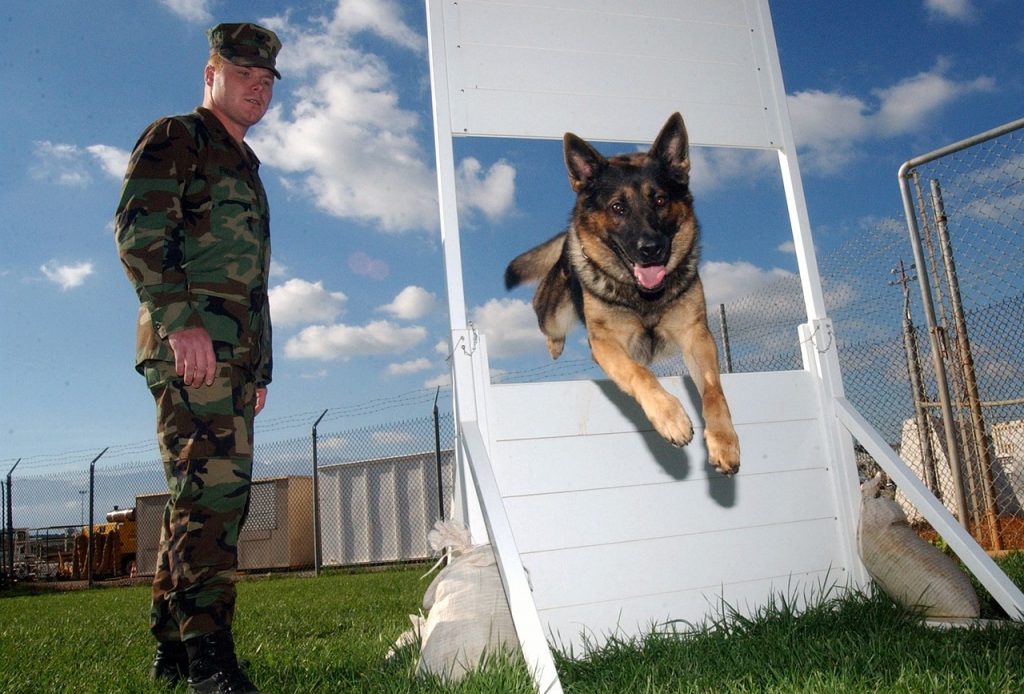
Regular Vet Check-Ups
Routine visits to the vet are essential to ensure your puppy’s health. Learn what to expect during these visits.
11. Maintaining Consistency
Consistency in Training
Consistency is key to success in puppy training. Explore the importance of maintaining a consistent approach.
The Role of Family Members
Ensure everyone in your household follows the same training guidelines to avoid confusion for your puppy.
12. Advanced Training Techniques
Off-Leash Training
Advanced training techniques like off-leash training can enhance your pup’s obedience and freedom.
Agility Training
Agility training is not only fun but also a fantastic way to challenge your pup mentally and physically.
13. Troubleshooting Common Problems
Refusing to Listen
If your puppy seems stubborn, we’ll explore strategies to overcome this challenge.
Fear and Aggression
Addressing fear and aggression is essential for a well-adjusted and sociable dog.
14. Puppy Training Mistakes to Avoid
Common Pitfalls
We’ll discuss common mistakes that puppy owners make and how to avoid them.
The Importance of Patience
Patience is a virtue when training a puppy. Learn why it’s crucial in the process.
15. Conclusion
In conclusion, raising a well-behaved pup is a journey that requires effort and consistency. By understanding your puppy’s behavior, providing positive reinforcement, and addressing challenges with patience and dedication, you can enjoy the rewards of a loving and obedient companion.
Frequently Asked Questions (FAQs)
- When should I start training my puppy?
- It’s best to start training as early as possible, ideally around 8 weeks of age, when puppies are most receptive to learning.
- How long should training sessions be?
- Keep training sessions short, about 10-15 minutes, to maintain your puppy’s interest and prevent frustration.
- What if my puppy refuses to follow commands?
- If your puppy isn’t responding, take a step back and reassess your training approach. Be patient and adjust your methods as needed.
- Is professional training necessary for every puppy?
- Not necessarily. Many dog owners successfully train their puppies at home. However, professional training can be beneficial for specific behavioral issues or advanced training.
- How can I socialize my puppy effectively?
- Socialize your puppy by exposing them to various people, animals, and environments in a positive and controlled manner. Consider puppy playgroups and obedience classes.
